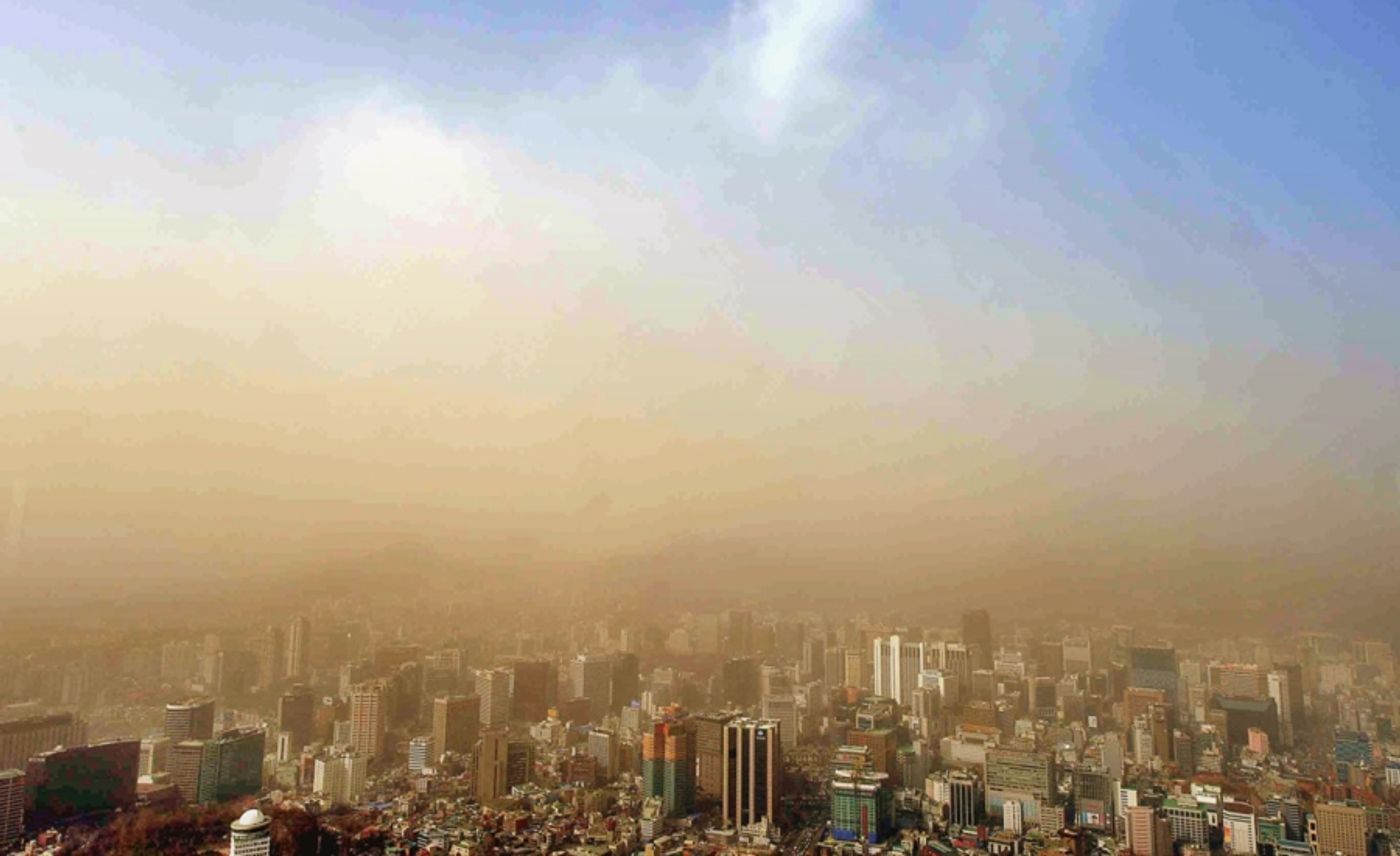What does the dust blow in?
You may be surprised by what the wind gusts around the world. Scientists know that dust from Asia blows across the Pacific on jet stream currents carrying pollution, soil, sediments, and other chemicals. Knowing where such dust is coming from can help us understand atmospheric circulation, contaminant pathways, and even climate patterns; but determining the point source of such dust isn’t easy.
In order to do it, a team of scientists used cathodeluminescence (CL) spectral analysis of tiny quartz grains to differentiate between the Gobi and the Taklimakan Deserts, two main Chinese dust sources. "The cathodoluminescence spectra of single quartz grains provide crystal-chemical features in quartz, such as impurities and imperfections," explains leader Kana Nagashima. Those features, she says, vary with the conditions of quartz formation and later geological events such as metamorphism.
CL spectroscopy is a technology that is able to distinguish impurities and imperfections in crystal-chemical features in quartz that depend on the conditions affecting quartz from the beginning of its formation toward present day, explains the study. Analyzing this geologic history means that the scientists can draw conclusions on which characteristics signify which source points.
Source rocks of the Gobi Desert have a lot of volcanic rock while those from the Taklimakan don’t have as much volcanic composition. Because of this known difference, the researchers collected dust grains collected from loess, riverbeds, and sand dunes; they looked at 268 quartz grains from the Gobi and 311 grains from the Taklimakan to see if the difference would carry over to the dust.
The scientists had the right hunch; their results showed that certain crystal-chemical characteristics matched the percent of different rock types from each desert. This has big implications: we will now be able to use CL spectroscopy techniques in order to better comprehend the ways that dust affect global climate.
Sources: Science Daily, Geological Society of America









